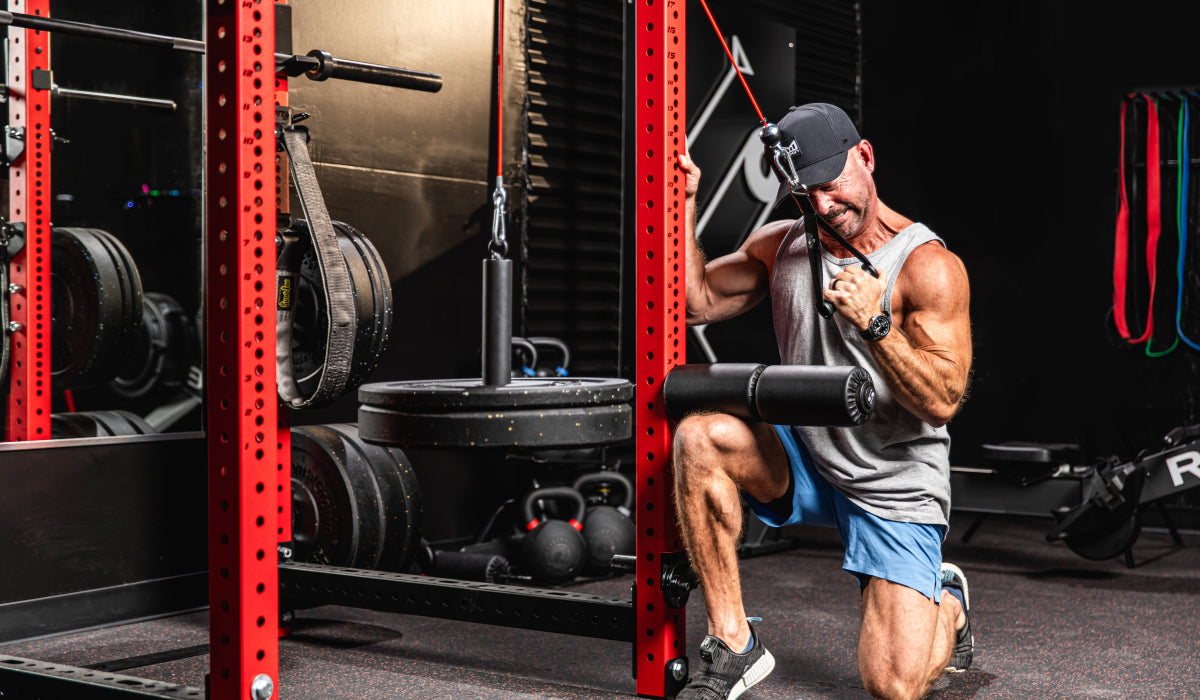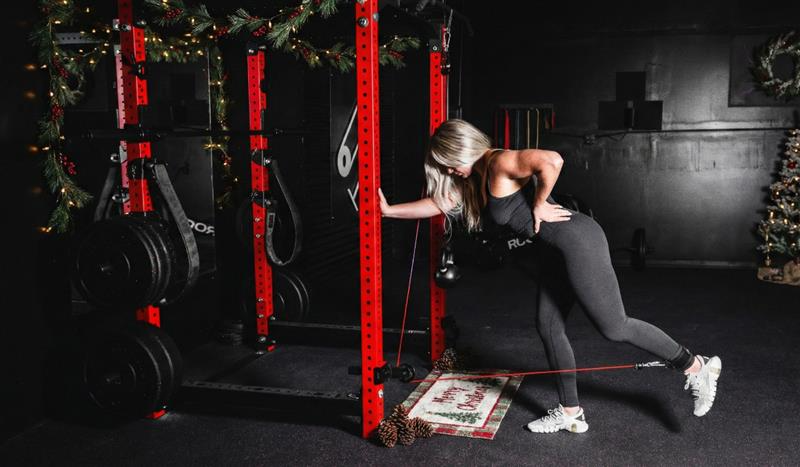When it comes to fitness, many people focus on intense workouts to build strength and endurance. However, the time spent on recovery is equally important, allowing the body to heal and muscles to repair. Active recovery is a gentle form of exercise that helps in this process. A pulley system is one effective tool that can be integrated into an active recovery routine. Pulley systems provide a controlled, low-impact way to engage muscles, reduce soreness, and promote repair without adding unnecessary strain.
What is Active Recovery?
Active recovery involves engaging in low-intensity exercise after a strenuous workout. Unlike complete rest, active recovery keeps the body moving, which helps improve blood circulation, reduce muscle stiffness, and flush out toxins like lactic acid. Activities like walking, stretching, or gentle swimming are common forms of active recovery. The idea is to keep the muscles working low, aiding faster recovery.
How Pulley Systems Work
Pulley systems are devices used in gyms that involve cables and weights. They allow users to perform exercises with a wide range of motion, targeting specific muscle groups. The resistance can be adjusted according to the user’s strength level, making it versatile for intense workouts and light recovery sessions. Unlike traditional weightlifting, which can be jarring to sore muscles, pulley systems offer a smooth, controlled motion perfect for active recovery.
Benefits of Using Pulley Systems for Recovery
-
Controlled Movement: One of the main advantages of using pulley systems is the control they offer. The movement is smooth and consistent, reducing the risk of injury and allowing for precise targeting of specific muscles. This is particularly beneficial during recovery when the goal is to aid muscle repair without adding strain.
- Customizable Resistance: Pulley systems allow you to adjust the resistance easily. You can set the resistance to a low level for active recovery, ensuring that the muscles are engaged just enough to stimulate blood flow and promote healing. This flexibility makes pulley systems ideal for people at different stages of recovery.
-
Reduced Muscle Soreness: Light exercise with a pulley system can help reduce delayed onset muscle soreness (DOMS). By keeping the muscles moving, blood circulation improves, which helps deliver nutrients to the muscles and removes waste products, speeding up recovery and reducing soreness.
-
Improved Flexibility: Pulley systems often involve exercises that require a full range of motion. This not only helps in muscle repair but also improves flexibility. Incorporating pulley systems into your active recovery routine can lead to better joint mobility and reduced stiffness.
Integrating Pulley Systems into Your Active Recovery Routine
Here are some simple exercises you can do with a pulley system to aid muscle recovery:
-
Low-Resistance Arm Extensions: Set the pulley at a low resistance and perform arm extensions. This exercise gently works the shoulders and upper arms, promoting blood flow without overworking the muscles.
-
Standing Chest Press: Using a low resistance setting, perform a standing chest press. This helps stretch and engage the chest muscles, aiding in recovery without causing further fatigue.
-
Gentle Rows: With the pulley with a low resistance, perform gentle rowing motions. This exercise targets the back muscles, reduces stiffness, and promotes muscle repair.
-
Leg Extensions: Attach the pulley to your ankle and perform leg extensions. This exercise is particularly beneficial for the quadriceps and can help alleviate muscle soreness in the legs after a strenuous workout.
-
Overhead Pulldowns: Set the pulley above your head and perform light pulldowns. This exercise targets the upper back and helps stretch and strengthen the muscles without adding strain.
Tips for Effective Active Recovery
-
Listen to Your Body: Active recovery should always feel manageable. Reducing the intensity or stopping the exercise is essential if you feel pain or excessive fatigue.
-
Stay Hydrated: Drinking plenty of water is essential during recovery, as it helps flush out toxins and supports overall muscle repair.
- Incorporate Stretching: With pulley exercises, consider incorporating gentle stretches to improve flexibility and reduce muscle tightness.
-
Consistency is Key: Regular active recovery sessions, even on rest days, can significantly improve overall muscle health and reduce the risk of injury.
Conclusion
Using pulley systems for active recovery is an effective way to promote muscle repair and reduce soreness. The controlled movement, customizable resistance, and ability to target specific muscles make pulley systems an excellent tool for anyone looking to enhance their recovery routine. Integrating light pulley exercises into your active recovery can help your muscles heal faster, reduce stiffness, and return to your regular workout routine feeling more robust and flexible. Remember, recovery is just as important as the workout itself, and pulley systems can help you make the most of this crucial time.






Share:
Designing a Pulley System Workout Plan for Weight Loss
Exploring the Impact of Pulley Systems on Caloric Burn: What to Expect